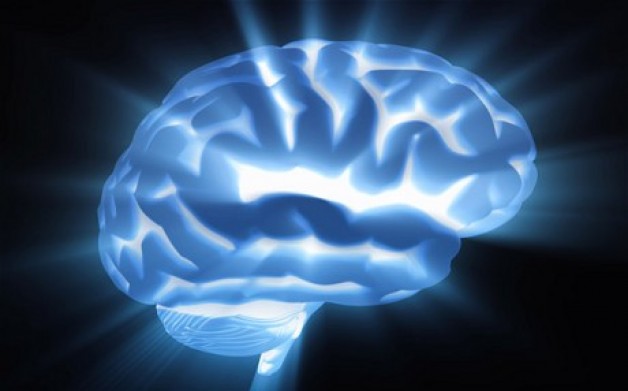This is an interesting article by Zule that he has kindly allowed me to reproduce about the biochemistry of submission:
When I was invited by CUADERNOS DE BDSM to write this article, the purpose was explaining the biochemistry of pain. But I am afraid I have mainly gotten to generate new doubts instead giving explanations.
Although it can be found a relatively high number of BDSM psychological or psychiatric papers in the scientific literature, BDSM has not been practically studied from a biochemical or physiological point of view. In fact, even the biochemical works centered in the study of the pleasure are few. It seems that hedonism has not been given importance in neurobiology. So, the only thing that I could do to write this paper was extracting ideas from studies which only share closeness to the BDSM topic: some of them deal with the pain, a little with the pleasure, and others don’t even deal with any of the two subjects.
From these ideas, I have tried to establish hypotheses. I want to make clear that a lot of which I have written here are only hypotheses. Although these hypotheses have a scientific basis, I don’t claim them as immovable truths. Because of that, I would be delighted if anyone wants to discuss these hypotheses in order to try to get a close understanding of the biochemistry of the BDSM.
[private]Fear
It is known that different sensations, both pleasurable and painful ones, prompt a first answer which is unspecific and similar. For example, both fear and sexual arousal, cause adrenaline release.
Adrenaline makes the body ready for fly, fight, or freeze. You can check that both fear and sexual arousal cause an increase in the cardiac pace, which is due to adrenaline. Therefore, the fear can probably help to improve a subsequent sexual arousal.
In a BDSM relationship, the sub knows that the Dom worries about their integrity. Then, why that sub is reacting with fear if they actually know that their Dom is going to look after them?
The amygdale is a part of the brain which is mostly activated by fear. Experiments made in relation with phobias, have shown that the amygdale answers to fear before the person is conscious of that fear. Because of that, if somebody has a phobia to snakes, although they clearly know certain snake doesn’t have any danger, they are going to feel terrified by it. The phobic can suffer an anxiety state because the amygdale “thinks” there is a real danger and it is going to activate the release of big amounts of adrenaline.
The brain cortex also reacts towards fear, but it does it after the unspecific mechanism started by the amygdale has begun. The brain cortex is the part of the brain that allows us to be conscious about what is happening. We will realize we are seeing a snake; or our Master is thinking about what evil to do to us; or we are feeling aroused by a person. And now, this differentiated conscious sensation is going to interact with the undifferentiated sensation coming from other areas of the brain (like the amygdale) to get what we really feel. On this way, during a scene, it might be that our body takes advantage of the adrenaline produced by the fear to increase the pleasurable sensations of sex, surrender, affection…
The fact that the amygdale seems to be involved in unconscious sexual desire, besides being involved in the fear, adds more reasons for the fear being able to lead to pleasure. Several studies seem to indicate this involvement of the amygdale in sexual desire. Besides, we could say that the amygdale is a little “disorganized” organ: there is not a clear distinction between the area in the amygdale that is in charge of fear and the ones which are supposed to do other tasks. Even in an individual an area of the amygdale seems to answer to fear, whereas in another individual this same area answers to a different sensation.
Summing up, unconscious fear would cause an increase of adrenaline. The amygdale associates fear to excitement. Then, we would realize through the brain cortex that we shouldn’t be afraid; but that couldn’t already stop the adrenaline release process. This adrenaline would be added to the one released because of our sexual arousal, love, surrender, etc. In this way, the pleasurable feelings would increase its intensity by using the adrenaline produced by this irrational fear.
[/private]
